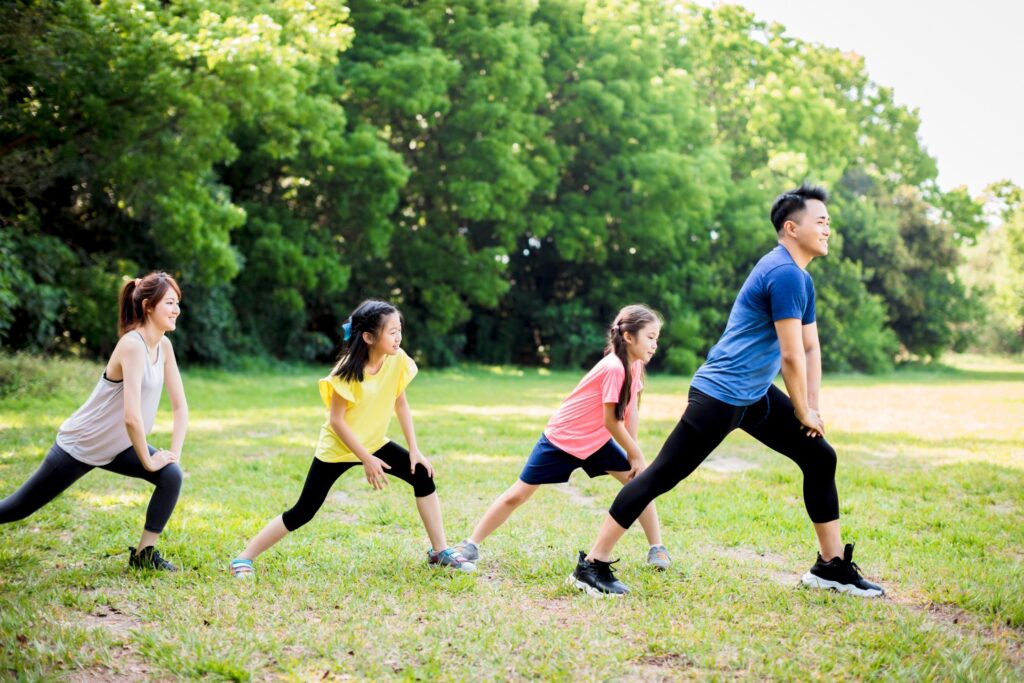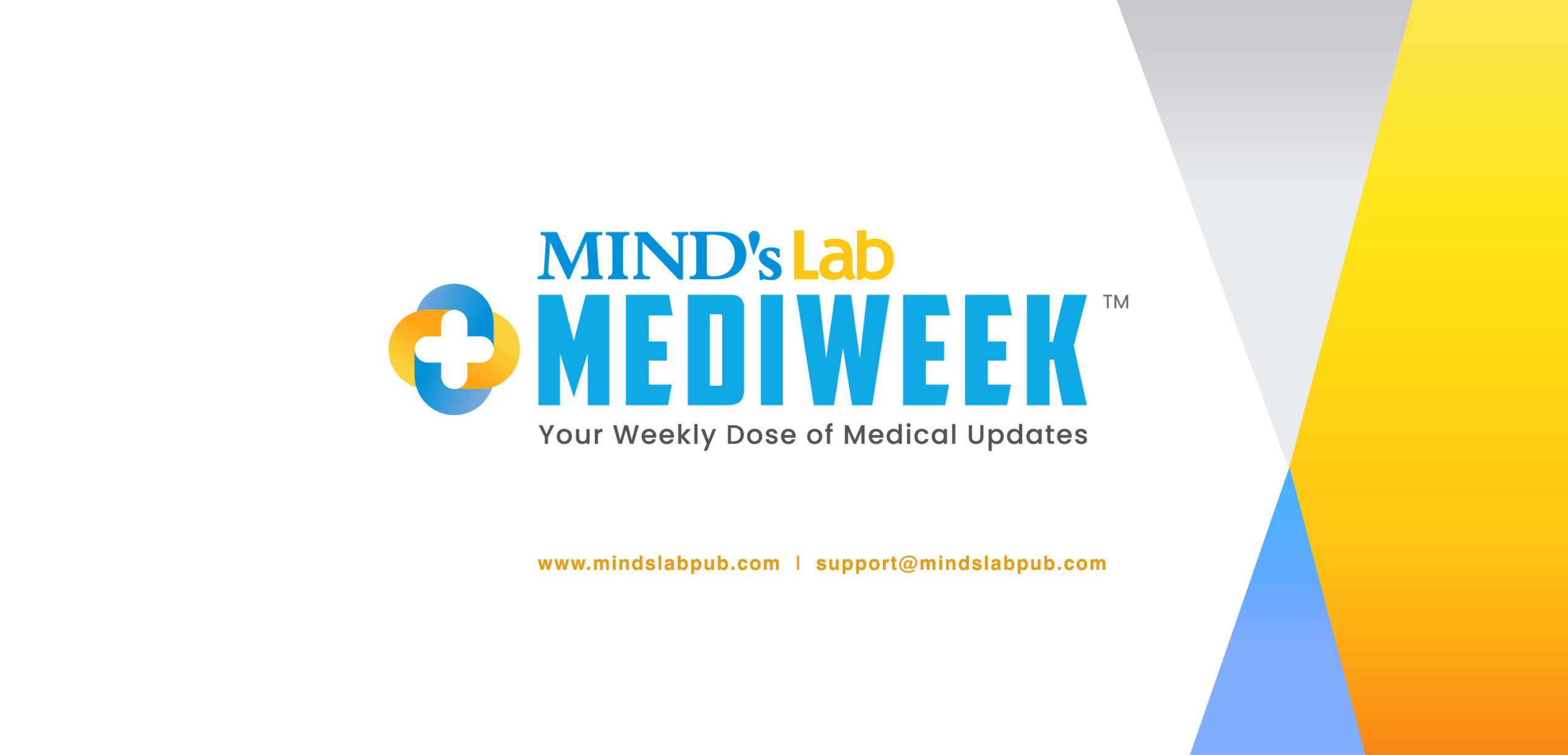
In recent years, there has been a growing acknowledgment of the health advantages of spending time in the company of nature, partly due to the physical activity it encourages. This understanding has fostered new collaborations among health sectors, parks and recreation centres, public lands, and environmental organizations to promote increased time and physical activity in natural environments. Evidence is mounting regarding the health benefits of physical activity amidst nature, such as enhanced cognitive function and mood, pain management, improved immune function, better birth outcomes, and decreased mortality.
This narrative review by Maddock and Frumkin, recently published in the “American Journal of Lifestyle Medicine” aimed to examine the intersection of two health-promoting behaviors: physical activity and contact with nature. Specifically, it addressed the following questions (see graphic):
- Do the benefits of health and well-being associated with Physical Activity in Natural Settings (PANS) surpass those of physical activity conducted indoors or in areas lacking natural elements?
- What factors are associated with PANS at both individual and community levels?
- What considerations are necessary when encouraging PANS among priority populations?
- How can health professionals advocate for and promote PANS?

(Source: Maddock JE, Frumkin H. Physical activity in natural settings: An opportunity for lifestyle medicine. American Journal of Lifestyle Medicine. 2024;0(0). Doi:10.1177/15598276241253211)
